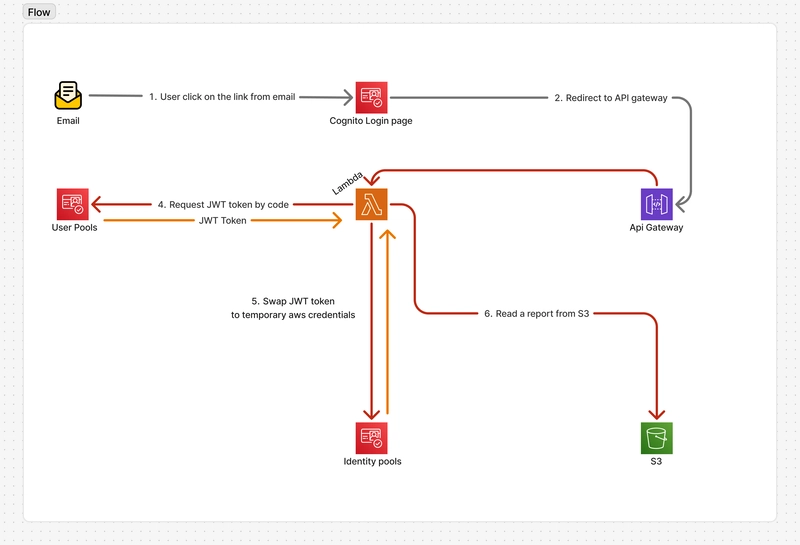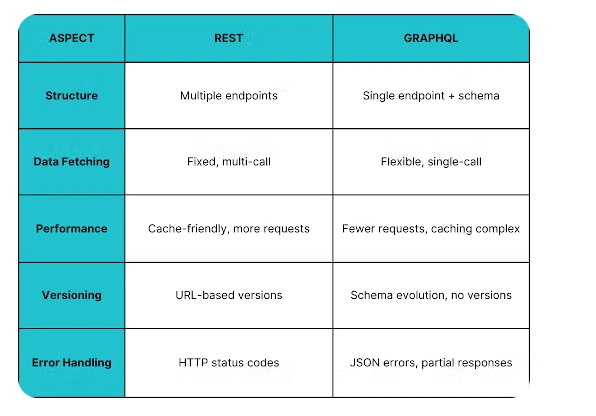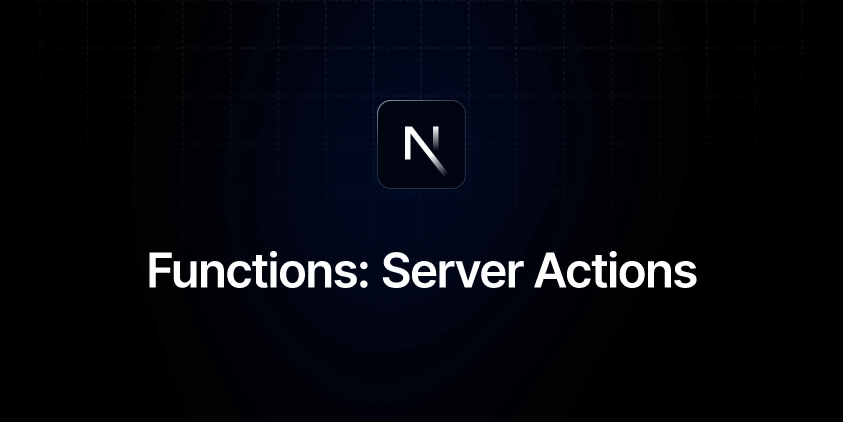Why Are Developers Choosing Rust for Solana in 2025?
The blockchain ecosystem is evolving at a breathtaking pace, and Solana has emerged as one of the most popular platforms for decentralized applications (dApps). Known for its high throughput and low transaction costs, Solana has become a natural choice for developers seeking scalability without compromising performance. Central to this development is Rust, a systems programming language that has steadily gained traction within the blockchain community. But why are developers, especially in 2025, increasingly favoring Rust for building on Solana? Let’s dive into the reasons. 1. Performance and Scalability At its core, Solana is designed to solve the scalability trilemma — balancing decentralization, security, and scalability. Rust aligns seamlessly with these goals because it enables developers to write low-level, high-performance code. Rust’s zero-cost abstractions allow developers to build complex, efficient systems without incurring significant overhead. In Solana’s ecosystem, the emphasis is on maximizing throughput. The network’s Proof of History (PoH) mechanism relies on precise and high-speed computations to maintain the ledger. Rust’s inherent performance characteristics make it an ideal match. Developers can create programs that execute quickly, reducing transaction processing times and ensuring that Solana’s promise of 65,000 transactions per second remains achievable. Real-World Example Many of the most successful Solana projects in 2025, such as DeFi platforms and NFT marketplaces, rely on Rust-based smart contracts. These applications benefit from Rust’s efficiency, enabling them to handle thousands of users simultaneously without degrading performance. 2. Memory Safety and Reliability Blockchain applications require a high degree of reliability. Errors or vulnerabilities in smart contracts can lead to significant financial losses. Rust’s strong emphasis on memory safety ensures that developers avoid common pitfalls like null pointer dereferencing and data races. Unlike many other programming languages, Rust enforces safety at compile time. Its ownership model guarantees that memory management issues are addressed before the code runs, drastically reducing the likelihood of runtime errors. This reliability is a game-changer for blockchain development, where mistakes can have irreversible consequences. Why It Matters for Solana In Solana’s highly parallelized environment, programs must execute flawlessly to prevent bottlenecks. Rust’s safety features provide developers with the confidence to deploy robust applications that can handle Solana’s unique architecture. 3. Developer Experience Rust is often praised for its excellent developer tooling and ecosystem. In 2025, tools like Rust Analyzer , Cargo , and Clippy have matured to provide unparalleled support for developers. These tools streamline the process of building, testing, and debugging applications, enabling faster development cycles. Moreover, Rust’s extensive documentation and active community make it an approachable language for both seasoned developers and newcomers. The language’s steep learning curve is often offset by the wealth of learning resources available, ranging from online tutorials to official guides tailored for blockchain development. Solana’s Development Ecosystem Solana’s integration with Rust is supported by robust developer tools, including: Solana Program Library (SPL): A collection of on-chain programs written in Rust, providing reusable components for common functionalities. Anchor Framework: A popular Rust-based framework that simplifies the development of Solana smart contracts, offering declarative syntax and streamlined testing capabilities. These tools enhance productivity, making Rust an even more attractive choice for Solana developers. 4. Security and Auditability The security of blockchain applications cannot be overstated. Rust’s design philosophy places security front and center. Its static type system, combined with powerful compile-time checks, minimizes vulnerabilities like buffer overflows and stack corruption. In 2025, blockchain security audits are an integral part of dApp development. Rust’s predictable and transparent behavior simplifies the auditing process, allowing security professionals to identify potential issues more efficiently. This is particularly valuable in Solana’s ecosystem, where high-value transactions demand airtight security. Case Study A leading DeFi project on Solana recently reported that switching to Rust-based smart contracts reduced their vulnerability rate by over 40% during audits. This reduction translated into increased user trust and adoption. 5. Community and Ecosystem Growth Rust’s popularity has skyrocketed over the past decade, making it one of the most loved programming languages. Its thriving community plays a pivotal role in its adoption for Sola
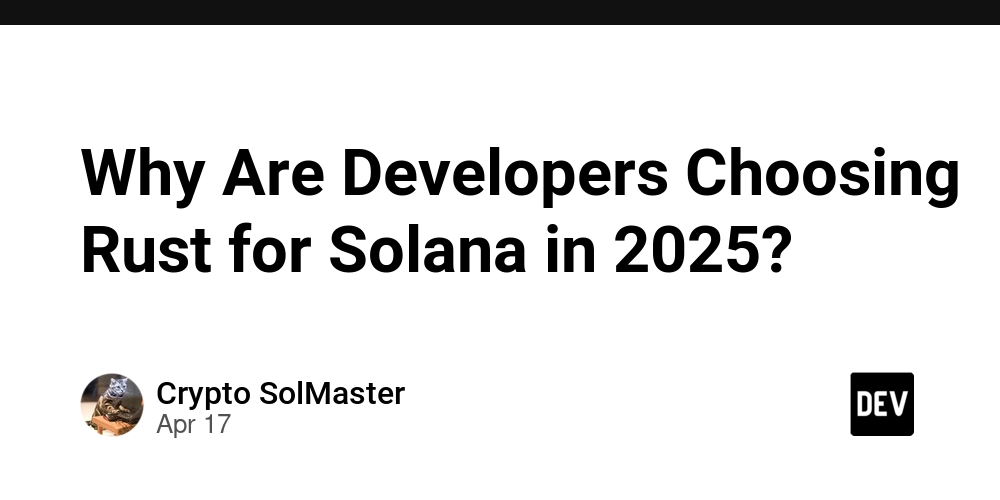
The blockchain ecosystem is evolving at a breathtaking pace, and Solana has emerged as one of the most popular platforms for decentralized applications (dApps). Known for its high throughput and low transaction costs, Solana has become a natural choice for developers seeking scalability without compromising performance. Central to this development is Rust, a systems programming language that has steadily gained traction within the blockchain community. But why are developers, especially in 2025, increasingly favoring Rust for building on Solana? Let’s dive into the reasons.
1. Performance and Scalability
At its core, Solana is designed to solve the scalability trilemma — balancing decentralization, security, and scalability. Rust aligns seamlessly with these goals because it enables developers to write low-level, high-performance code. Rust’s zero-cost abstractions allow developers to build complex, efficient systems without incurring significant overhead.
In Solana’s ecosystem, the emphasis is on maximizing throughput. The network’s Proof of History (PoH) mechanism relies on precise and high-speed computations to maintain the ledger. Rust’s inherent performance characteristics make it an ideal match. Developers can create programs that execute quickly, reducing transaction processing times and ensuring that Solana’s promise of 65,000 transactions per second remains achievable.
Real-World Example
Many of the most successful Solana projects in 2025, such as DeFi platforms and NFT marketplaces, rely on Rust-based smart contracts. These applications benefit from Rust’s efficiency, enabling them to handle thousands of users simultaneously without degrading performance.
2. Memory Safety and Reliability
Blockchain applications require a high degree of reliability. Errors or vulnerabilities in smart contracts can lead to significant financial losses. Rust’s strong emphasis on memory safety ensures that developers avoid common pitfalls like null pointer dereferencing and data races.
Unlike many other programming languages, Rust enforces safety at compile time. Its ownership model guarantees that memory management issues are addressed before the code runs, drastically reducing the likelihood of runtime errors. This reliability is a game-changer for blockchain development, where mistakes can have irreversible consequences.
Why It Matters for Solana
In Solana’s highly parallelized environment, programs must execute flawlessly to prevent bottlenecks. Rust’s safety features provide developers with the confidence to deploy robust applications that can handle Solana’s unique architecture.
3. Developer Experience
Rust is often praised for its excellent developer tooling and ecosystem. In 2025, tools like Rust Analyzer , Cargo , and Clippy have matured to provide unparalleled support for developers. These tools streamline the process of building, testing, and debugging applications, enabling faster development cycles.
Moreover, Rust’s extensive documentation and active community make it an approachable language for both seasoned developers and newcomers. The language’s steep learning curve is often offset by the wealth of learning resources available, ranging from online tutorials to official guides tailored for blockchain development.
Solana’s Development Ecosystem
Solana’s integration with Rust is supported by robust developer tools, including:
- Solana Program Library (SPL): A collection of on-chain programs written in Rust, providing reusable components for common functionalities.
- Anchor Framework: A popular Rust-based framework that simplifies the development of Solana smart contracts, offering declarative syntax and streamlined testing capabilities.
These tools enhance productivity, making Rust an even more attractive choice for Solana developers.
4. Security and Auditability
The security of blockchain applications cannot be overstated. Rust’s design philosophy places security front and center. Its static type system, combined with powerful compile-time checks, minimizes vulnerabilities like buffer overflows and stack corruption.
In 2025, blockchain security audits are an integral part of dApp development. Rust’s predictable and transparent behavior simplifies the auditing process, allowing security professionals to identify potential issues more efficiently. This is particularly valuable in Solana’s ecosystem, where high-value transactions demand airtight security.
Case Study
A leading DeFi project on Solana recently reported that switching to Rust-based smart contracts reduced their vulnerability rate by over 40% during audits. This reduction translated into increased user trust and adoption.
5. Community and Ecosystem Growth
Rust’s popularity has skyrocketed over the past decade, making it one of the most loved programming languages. Its thriving community plays a pivotal role in its adoption for Solana development. In 2025, Rust has become a go-to language for systems programming, and its ecosystem continues to expand with libraries, frameworks, and resources tailored for blockchain developers.
Rust’s Role in Solana’s Growth
The synergy between Solana and Rust has led to a flourishing ecosystem. Developer conferences, hackathons, and online forums are filled with Rust-focused discussions, fostering innovation and collaboration. This vibrant community ensures that new developers can quickly onboard and contribute to the Solana network.
6. Future-Proofing Blockchain Development
As blockchain technology matures, scalability and performance will remain critical. Rust’s forward-looking design ensures that developers can build applications capable of adapting to evolving requirements. Its focus on concurrency, safety, and performance positions it as a language that can meet the demands of future blockchain systems.
Solana’s Vision
Solana’s roadmap for 2025 and beyond includes enhancements to its protocol and tooling. Rust’s compatibility with cutting-edge hardware and its ability to leverage modern processor architectures make it an integral part of Solana’s future strategy.
Conclusion
In 2025, the combination of Solana’s high-performance blockchain and Rust’s robust programming capabilities creates a perfect storm for innovation. Developers are drawn to Rust for its unparalleled performance, safety, and developer experience, making it the ideal language for building dApps on Solana.
As the blockchain industry continues to grow, Rust’s role in Solana’s ecosystem is only set to expand. For developers looking to create scalable, secure, and future-ready applications, Rust on Solana is not just an option — it’s the gold standard.




























![[Webinar] AI Is Already Inside Your SaaS Stack — Learn How to Prevent the Next Silent Breach](https://blogger.googleusercontent.com/img/b/R29vZ2xl/AVvXsEiOWn65wd33dg2uO99NrtKbpYLfcepwOLidQDMls0HXKlA91k6HURluRA4WXgJRAZldEe1VReMQZyyYt1PgnoAn5JPpILsWlXIzmrBSs_TBoyPwO7hZrWouBg2-O3mdeoeSGY-l9_bsZB7vbpKjTSvG93zNytjxgTaMPqo9iq9Z5pGa05CJOs9uXpwHFT4/s1600/ai-cyber.jpg?#)














































































































































![[The AI Show Episode 144]: ChatGPT’s New Memory, Shopify CEO’s Leaked “AI First” Memo, Google Cloud Next Releases, o3 and o4-mini Coming Soon & Llama 4’s Rocky Launch](https://www.marketingaiinstitute.com/hubfs/ep%20144%20cover.png)















































































































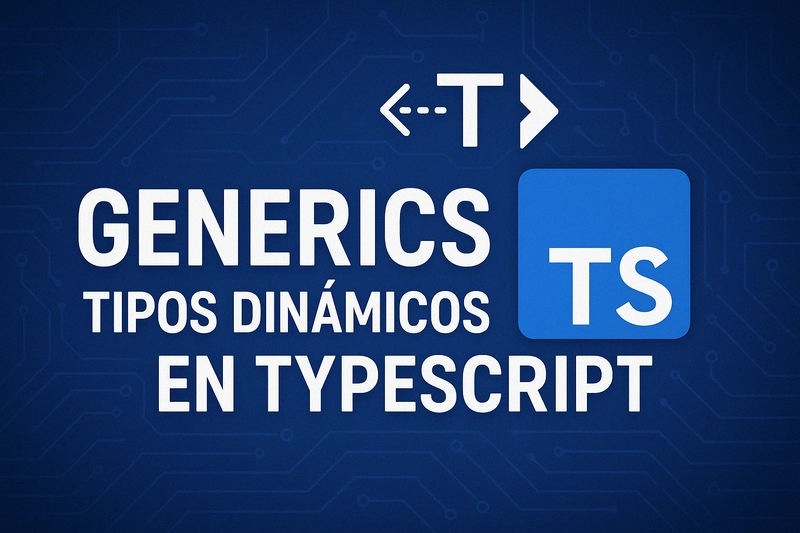




















































































![Rogue Company Elite tier list of best characters [April 2025]](https://media.pocketgamer.com/artwork/na-33136-1657102075/rogue-company-ios-android-tier-cover.jpg?#)







































































_Andreas_Prott_Alamy.jpg?width=1280&auto=webp&quality=80&disable=upscale#)





























































































![What’s new in Android’s April 2025 Google System Updates [U: 4/18]](https://i0.wp.com/9to5google.com/wp-content/uploads/sites/4/2025/01/google-play-services-3.jpg?resize=1200%2C628&quality=82&strip=all&ssl=1)










![Apple Watch Series 10 Back On Sale for $299! [Lowest Price Ever]](https://www.iclarified.com/images/news/96657/96657/96657-640.jpg)
![EU Postpones Apple App Store Fines Amid Tariff Negotiations [Report]](https://www.iclarified.com/images/news/97068/97068/97068-640.jpg)
![Apple Slips to Fifth in China's Smartphone Market with 9% Decline [Report]](https://www.iclarified.com/images/news/97065/97065/97065-640.jpg)































































































































